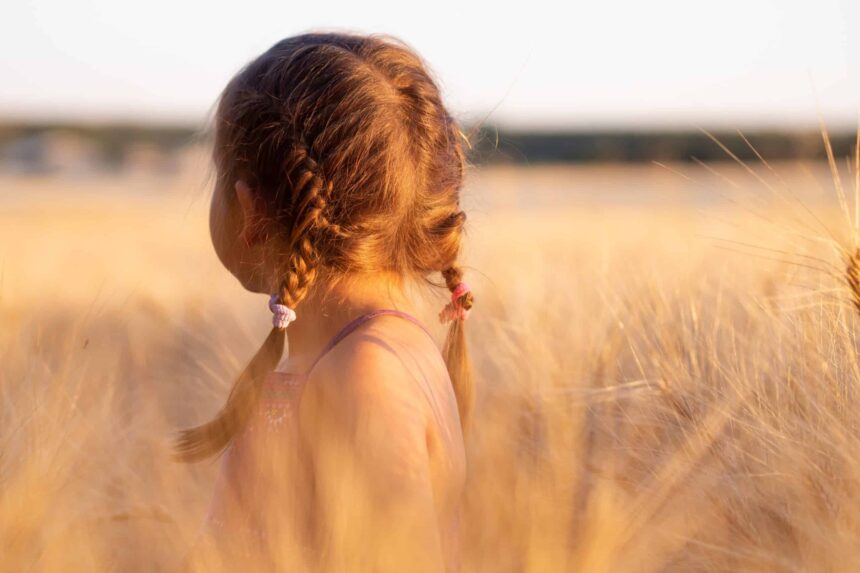First published in the NASGP Newsletter on 22nd May 2023

Sometime around 3,500 years ago, someone living in Canaan inscribed the first known sentence in the written history of the world.
Not a proverb, not an aphorism. Not the Ten Commandments. The earliest message that has come down to us through the generations was scratched onto an ivory comb and it reads “May this tusk root out the lice of the hair and the beard”.
Six millennia earlier, forebears of the comb’s owner were mummified with nits in their hair. More recently, poignantly, a young Inca girl, chosen for ritual sacrifice, was taken 6700m up into the Andes, drugged and buried alive with rich grave goods. Her body, and the nits in her hair, were perfectly preserved by the dry volcanic soil of the Atacama Desert.
Head lice have been feeding on human scalps since before recorded history began. One hundred million years ago lice were troubling feathered dinosaurs, and they have evolved in parallel with their changing hosts. About 1.7 million years ago our ancestors lost their body hair, so lice had nowhere to live except on their heads. When humans felt the chill of an ice age, they started wearing clothing, and some head lice evolved to body lice to share the shelter. Thanks to scientific analysis of lice, we estimate that date at around 170,000 years ago. And the ability of lice to adapt to new hosts provides a model determining how emerging infectious diseases may affect humans.
So, these primitive insects are tenacious survivors. Head lice infect people around the world, on all the continents except Antarctica, though penguins have their own lice species. In a review published in 2008, looking at 55 studies, the worldwide prevalence of head lice varied from 0.7% to 59%. That’s not surprising given the patchy recognition of head lice and nits, the even more patchy knowledge and availability of treatments, and the very variable level of concern about them in places where far more troublesome infections and infestations are commonplace.
I was phoned at 2am by a woman demanding I come out to an address way out of our area to prescribe treatment for nits.
Head lice are no more than an easily treatable inconvenience, says Netdoctor. That’s an attitude that may have evolved since the 1990s when many schools excluded children with nits and some parents saw head lice as a social disaster. One weekend I was phoned at 2am by a woman demanding I come out to an address way out of our area to prescribe treatment for nits. Early that morning she would be moving with her children to a refuge in the next town and it was essential that I provide the treatment there and then. I said that head lice weren’t a medical emergency. She spat out invective and threats to report me to the GMC before slamming the phone down.
Not all mothers were as aroused as she, and the social stigma associated with nits may have lessened, partly due to the now better known but uncomfortable fact that head lice prefer clean hair and have nothing to do with pubic lice. And head lice have stronger immune response to pathogenic bacteria in their guts than body lice so, unlike body lice, they don’t transmit typhus or trench fever. But, like all human lice, they feed by sucking blood from the scalp, so there is still the yuck factor. No-one likes hosting parasites.
Head lice are wingless but hard to catch as they’re small and manoeuvre around the hair follicles surprisingly quickly. And adult lice fasten their eggs – nits – to hair shafts using a special saliva glue as strong as Araldite. So, getting rid of them isn’t straightforward. To judge by the Canaanite comb and the treatments identified on the scalps of infected mummies around the world, the principles of treatment haven’t changed much. And they are a bore to carry out effectively.
Consulting Amazon, it’s clear that there is a lot of money to be made out of treating head lice. ‘Natural’, ‘pleasantly scented’, ‘eco-friendly packaging’, ‘used by professional nannies’; take your choice. Requests for treatment cluster during term time and some parents come in repeatedly as their children are re-infected by classmates whose nits have not been treated. As most treatments require combing and repeated applications it’s no surprise that a nit-free world remains a dream.
Insecticides, which were the mainstay of modern treatment till resistance rendered them ineffective, have been replaced by silicone-based compounds which suffocate the lice and may deal with the nits as well. If you are treating a whole family with products which aren’t cheap it must be tempting to skimp. And not to use the comb because your children hate the combing process.
There are alternatives. A shaven head might seem the answer, but lice only need 2mm of hair so the scalp has to be shaved every couple of weeks. One website recommends dry-cleaning – what? Your head? Electric combs running through wet hair sound risky. In the USA you may be able pay for a home visit from a lice-eliminator. British pest control officers are unlikely to add head lice to their list of targets. You can try natural oils – tea tree, rosemary, eucalyptus – and even potions, but discover that they are no more effective in the 21st century than they were in Ancient Egypt.
In India you may see groups of women picking the lice from each other’s hair while they catch up on the gossip. It’s a free, natural and effective treatment. But it would be a hard sell in the local Starbucks.